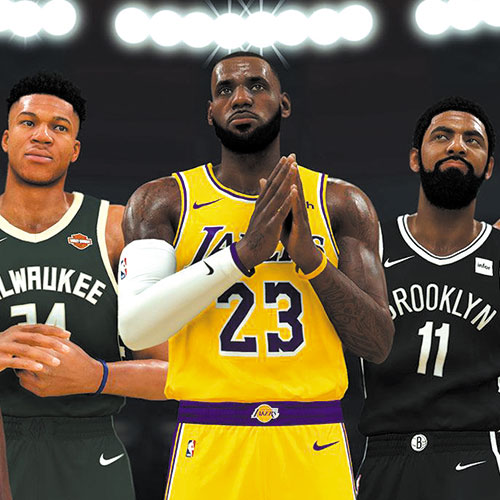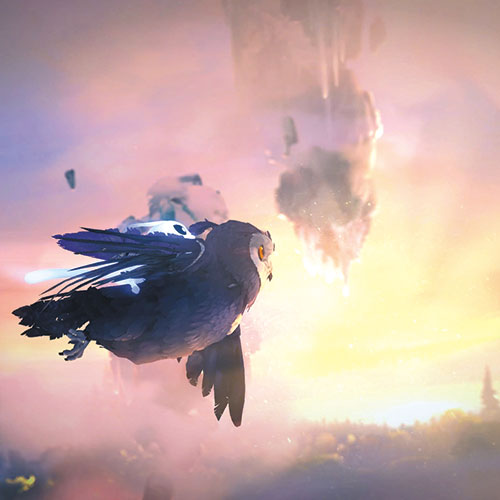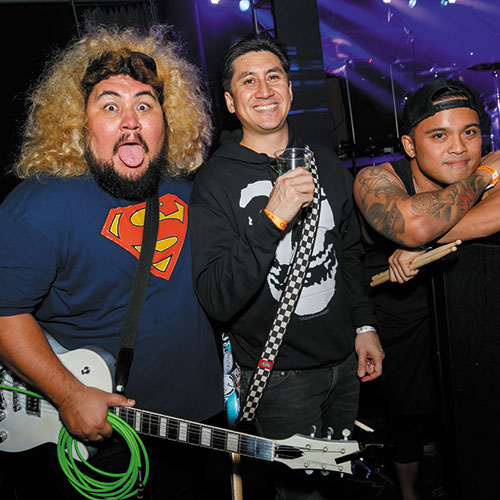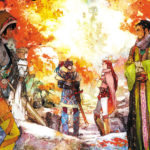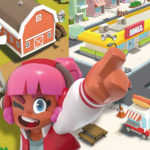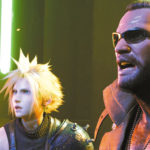Not much new with ‘Ultra Street Fighter 2: The Final Challengers’
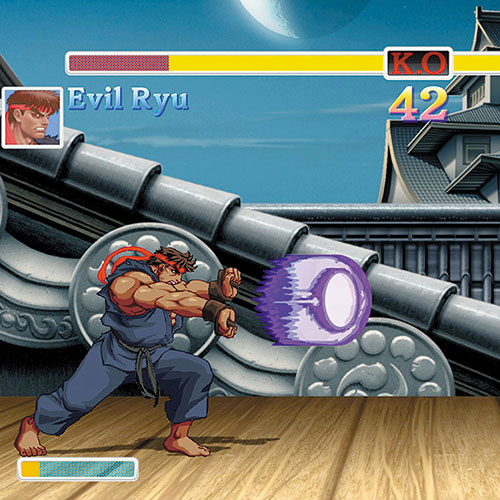
By Ozzie Mejia | Shacknews.com (TNS)
Platform: Nintendo Switch
Genre: Fighting
Modes: Single-player, multiplayer
Developer: Capcom
While the Nintendo Switch represents Nintendo’s console future, its early lineup features a jump into the fighting game genre’s past. Fighting games don’t get more classic than Street Fighter II, which is why Ultra Street Fighter II: The Final Challengers looks like such an enticing package for the old-school gamer. However, the classic fighting is pretty much all this game has going for it, as most of its newer features are a Hadoken that doesn’t find the mark. Ultra Street Fighter II is the classic game as many remember it, collected in two distinctly different time capsules. Those familiar with the Super Street Fighter II Turbo HD Remix game released on Xbox 360 back in 2008 will recall the Udon-illustrated visual upgraded version. That version of the game is fully intact, with sleekly painted artwork, re-recorded voiceovers, remixed stage tracks, and a 16:9 widescreen presentation. Those looking for a more classic experience have the option to switch to retro graphics, which utilizes a pre-HD era aspect ratio, old-school music, and stages as they were originally designed. There’s also the option to switch the voiceovers to their original garbled grunts and shouts. Both presentations have their unique charms, but both contain the traditional Street Fighter II combat I remember. Most of this review was conducted using the Joy-Con grip, where the left analog stick is pretty much the only way to play. Execution wasn’t a problem, but anyone looking for a more D-pad heavy experience will have to jump to the Pro Controller. Either way, the Street Fighter II experience is preserved perfectly here, with options to turn games into best-of-five rounds or mess around with the timer. Capcom also sought to add some supplemental game modes, but they mostly fall flat. There’s a cooperative mode called Buddy Battle, where two players can join together (or one with a CPU partner) to take on SF2’s baddest bosses, including new additions Evil Ryu and Violent Ken. It’s a 2-on-1 scenario with the team of two sharing a single life bar. This is a novelty that wears thin quickly. The chaos of three fighters sharing a screen gets to be too much at times and having the advantage in a handicap match is only so much fun for so long. On top of that, once the mode is finished, that’s it. No special endings, no bonuses, just a simple “Game Over” screen and back to the main menu. It’s a throwaway mode that players will likely try once and never select again. Then there’s the motion-controlled Way of the Hado mode. This is the mode that wants to make players at home feel like Ryu, but it controls so clumsily, it makes you feel more like Dan … if his arms and legs were broken. The idea is to take the individual Joy-Cons in each hand and perform certain motions to perform Ryu’s special moves, with the goal to help him get through waves of Shadaloo goons. The game all-too-often fails to recognize the special move motions to the point that you’ll eventually do the Cabbage Patch on an endless loop in hopes of landing something, anything, on an enemy. Many times, inputs are delayed and just trying to shoot any kind of projectile can be harder than fighting a real-life M. Bison. It’s honestly on par with the worst the Wii generation had to offer. It’s an exercise in frustration and one that doesn’t merit a second look from anyone.
Ultra Street Fighter II works best as a reminder of all that is great about the classic game over its various incarnations. The visual options encapsulate a sense of timelessness, showing how far it has come in its 25-plus years of existence. There’s even a classic art book (Street Fighter Artworks: Supremacy) of the series’ evolution, long out-of-print, available to browse page-by-page. The game shows true potential to be a great digital museum exhibit, not unlike what Capcom has done for Mega Man. Even the bare bones main menu lends itself to that kind of presentation. Sadly, that’s where the cool extras end. Ultra Street Fighter II tries to add a robust package around its tried-and-true Arcade mode, but much of that package doesn’t pan out. All that leaves is the Arcade and Versus modes and for as great as Street Fighter II is, it’s a game that also shows its age after a while. Fighting games have come so much farther since SF2 pioneered the genre, so it’s hard to imagine going back and especially for a hefty $40 price tag. Thanks for memories, Street Fighter II, but I’m hoping that this is indeed the Final Challenge.




